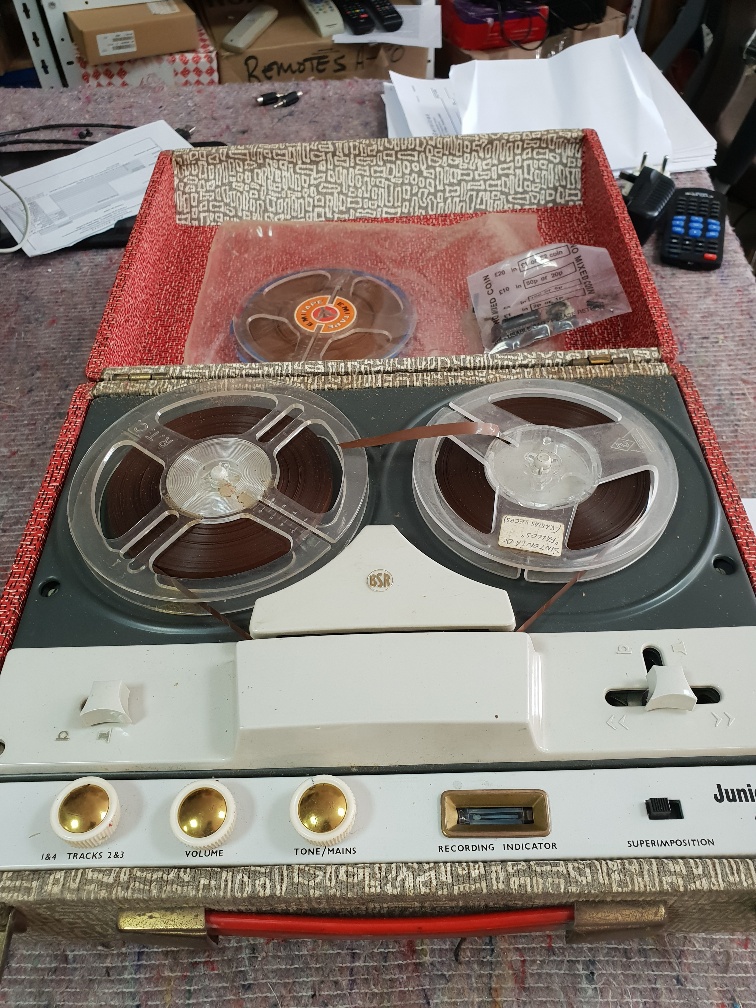
This little Stuzzi tape recorder came in via a customer, wanting it brought back to life. He had bought it from new in the late ‘50s, ‘60s with his first few weeks wage packets. It had been stored for some 40 years and was totally jammed solid. So, in for a penny and I set out some tips below for those who have not repaired these simple decks before.
Firstly, removed the chassis from the case and disconnect the speaker. Off with the top deck cover. These decks have a simple operation which made them cheap to manufacture and therefore very popular. The forward and rewind functions are achieved by shifting the tape hubs laterally side to side. This brings them into contact with an idler wheel and or the motor. The hubs are supported by swivel arms, which after time, seize on their pillars. First thing to do is to remove the hubs by removing the circlips under side. Don’t loose the circlips! Be careful when you lift them off as there are spacers on the shafts which will stick to the hubs and then fall on the floor to annoy you. On the left hand hub there is a clutch plate with a keyway which will have to be seated correctly when you refit.
Here is the bit you need to be careful with. The arms (see the pictures provided) that the hubs fit into pivot on pillars that are punched into the deck chassis. The arms are made of cheese metal and will probably be jammed on the pillars. Do not be tempted to force these as two things will happen. You could break the arm and or loosen the pillar’s rivet on the chassis. Both events will lead you to the Doctors and being placed on anti depressants. What I do and it has always paid off, is to download to patience. Then get a hair dryer and some penetrating oil and or lighter fluid. Drop some oil, fluid on the pillar (don’t get it on the motor shaft or idler wheels) after removing the top circlips and heat the arm with the dryer. After you have done this for a while, start GENTLY trying to turn the arm clockwise, anti clockwise. Repeat the procedure and you will eventually find the arm starts to become free. Remove, clean and lubricate. It takes a bit of time, but it will pay off and you won’t destroy the deck. Clean and lubricate the idler and motor bearings. Reassemble and add some grease to the Inverted “T” leaver mechanism. If you have to replace the main belt, you will need to remove the plate where the heads sit and associated lever mechanism. Clean and lubricate the capstan flywheel etc. Upon refitting please be careful to align the RECORD lever’s shaft. This goes through the top plate into the PLAY and RECORD wafer switch. Getting that bit wrong, you might break the wafer switch, leading you to take more drugs. Place a bit of grease on the right hand TOGGLE spring. You want these to live as long as possible.
Always good to polish and demagnetise the heads. Goes without saying.
Now for the electronics. As with this set, things are fairly straight forward. Pre amp, main amp and oscillator for the record side of things. Quite often the output valve’s pentode is used to drive the erase and record oscillator in REC mode. Replace all the coupling capacitors, probably 0.01, 0.047 UF etc…. Also check the carbon resistors which tend to change their gender over the years.
Pop on a tape and try it! In this case, all worked well. The tape the customer supplied had recordings from Two Way Family Favourites, recorded by the microphone placed next to the wireless, complete with clock ticking in the background. Sort of 1950s Spotify.
Worth checking the record mode. This set has a little Magic Eye recording indicator. This one is a DM71, looking like a green exclamation mark. The maximum recording level should make the dash in the display hit the dot. Very much a rough indication. Try some recordings and settle on a level for most volume and no over modulation distortion.
Have fun, hope some of this helps.



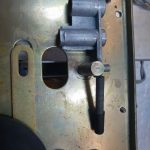
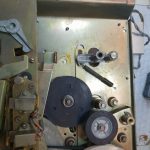
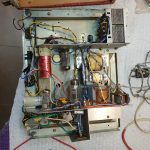


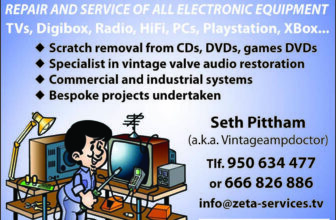
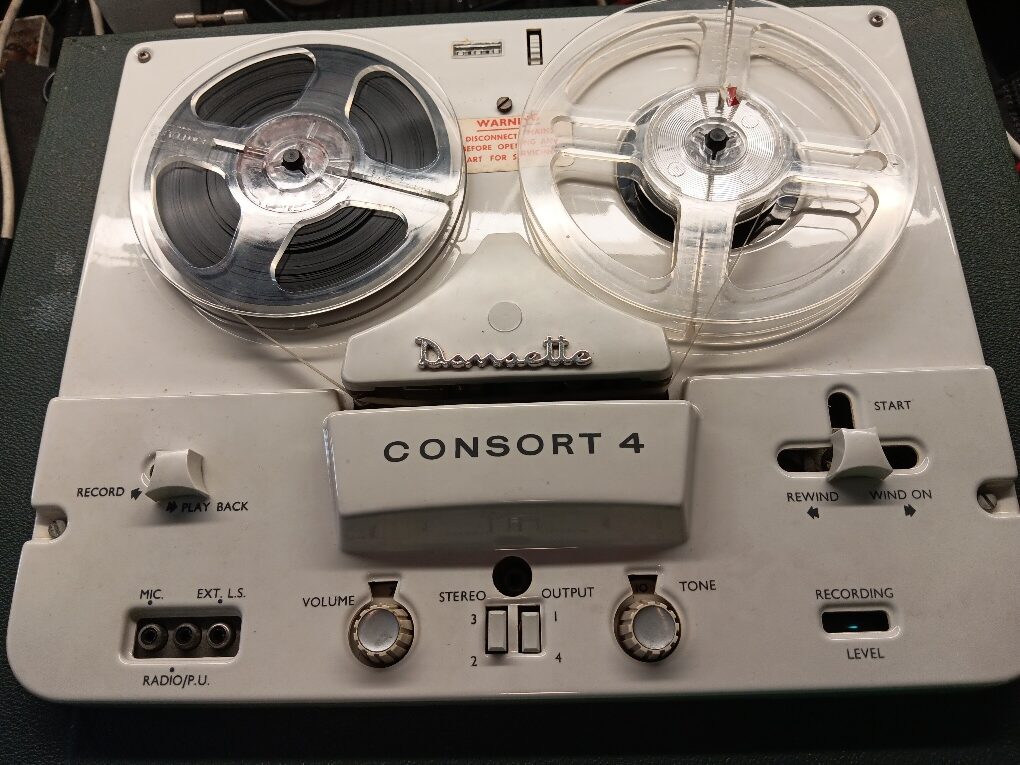


I see that the deck is a BSR. Sounds as though the drive spindles suffer a similar problem to the BSR Monarch autochanger decks, the grease hardening. My brother-in-law had a Grundig TK… (can’t remember the model number but it was an early one, possibly a TK8) I still have a working real budget A5522 which was sold by Headquarter and General Supplies at pocket money price. It was a five transistor device, one up on the earlier 4 transistor model.
Boa noite
Então já percebi que conhece o “mundo deste tipo de máquinas, material que se deve tratar como se de uma “namorada”, estivéssemos a falar…
Pois eu tenho uma “URMIPHON “,com cerca de 40/50 anos, e funciona!
Por mais pena que eu tenha, pois foram ali que eu e a minha irmã começamos a falar e posteriormente ouvir as nossas gravações….
Era algo único para aqueles tempos em que nem me lembro se já tinha televisão….
Bom, mas gostaria de saber para além do valor sentimental (que não tem quantificação),qual seria o valor que poderia pedir por este aparelho?
Se me puder ajudar agradeço.
Grato pela atenção, fico a aguardar uma resposta.